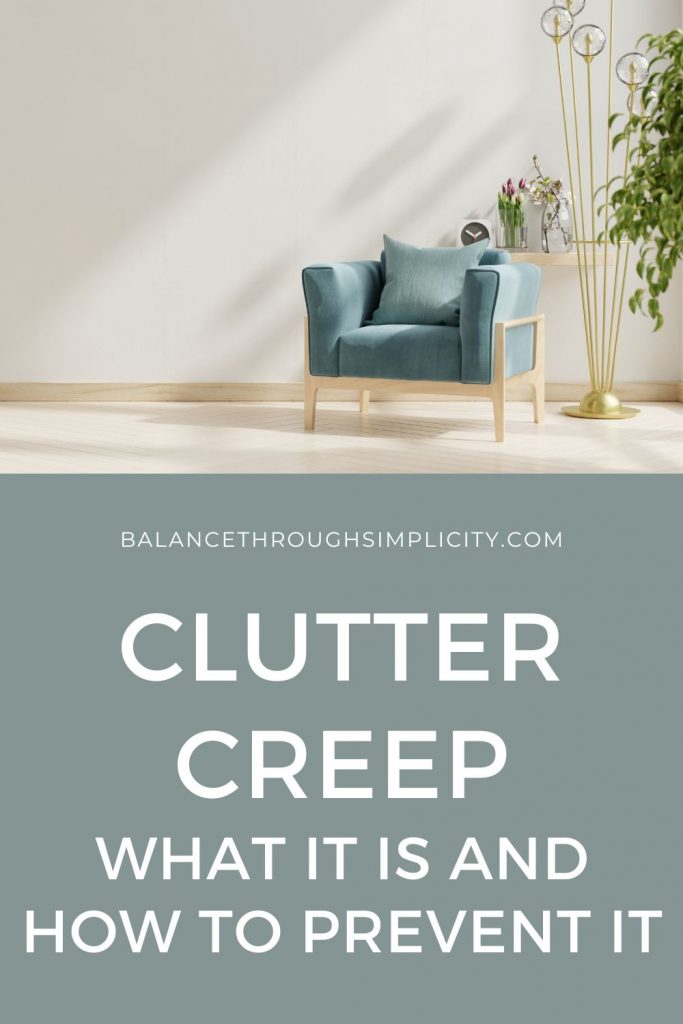Understanding the Meaning of "Clutter Creep": Tips for Tackling Household Chaos
The phrase "clutter creep" refers to the gradual accumulation of clutter and disorganization in a home over time. It describes the phenomenon where clutter slowly but steadily builds up in various areas of the home, often going unnoticed until it becomes overwhelming. Understanding the concept of clutter creep is the first step towards effectively managing and decluttering your living space. Let's explore the meaning of clutter creep in more detail and discuss strategies for addressing it:
1. Recognizing Clutter Creep
Clutter creep can manifest in various ways throughout your home:
-
Piles and Stacks: Papers, mail, and other items accumulate on countertops, tables, and other surfaces, forming unsightly piles and stacks.
-
Overflowing Storage Spaces: Closets, cabinets, and drawers become overcrowded with belongings, making it difficult to find or access items when needed.
-
Unused Items: Items that are no longer needed or used gather dust in closets, attics, or basements, taking up valuable space.

what does the phrase clutter creep mean
2. Causes of Clutter Creep
Several factors contribute to clutter creep in the home:
-
Lack of Organization: Without a clear organizational system in place, items tend to accumulate haphazardly, leading to clutter.
-
Procrastination: Postponing decluttering tasks allows clutter to build up gradually over time, making it more challenging to tackle later on.
-
Emotional Attachment: Holding onto items due to sentimental reasons or fear of letting go contributes to clutter creep, even when those items are no longer useful or necessary.
3. Strategies for Managing Clutter Creep
To combat clutter creep and maintain a tidy living space, consider implementing the following strategies:
-
Regular Decluttering: Schedule regular decluttering sessions to systematically assess and purge items from your home. Set aside time each week or month to tackle different areas of the house, starting with high-traffic areas like the kitchen and living room.
-
Establishing Systems: Create organizational systems for managing belongings, such as designated storage bins, shelves, and labels. Assign specific homes for items based on their frequency of use and category to prevent clutter from accumulating.
-
Practicing Minimalism: Embrace minimalism by adopting a "less is more" mindset and prioritizing quality over quantity. Regularly evaluate your possessions and let go of items that no longer serve a purpose or bring joy.
-
Mindful Consumption: Be mindful of what you bring into your home and avoid unnecessary purchases or acquisitions. Consider the long-term value and utility of items before adding them to your living space.
-
Seeking Support: Enlist the help of family members or professional organizers to tackle clutter creep together. Collaborate on decluttering projects and hold each other accountable for maintaining a clutter-free environment.

what does the phrase clutter creep mean
Conclusion
Understanding the concept of clutter creep is essential for effectively managing household chaos and maintaining a tidy living space. By recognizing the signs of clutter creep, identifying its underlying causes, and implementing proactive strategies for decluttering and organization, you can regain control of your home and create a more peaceful and harmonious living environment for yourself and your family.